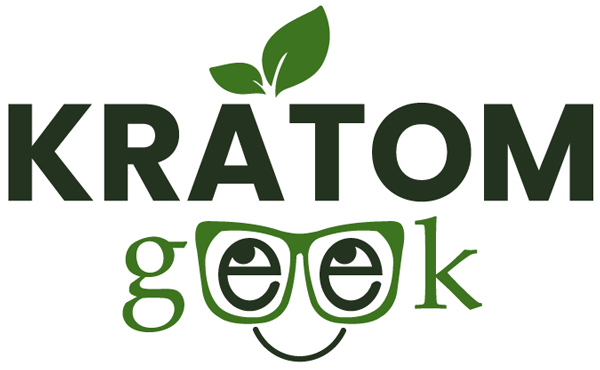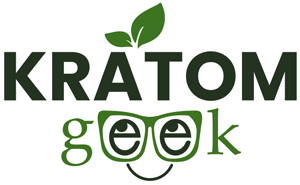When listening to the leaders of our most well-known government agencies, you would think some naturally occurring plants are the bane of existence. Certain vegetation on our planet gets political players all worked up to no end. Anger and disgust get thrown around at these plants. But what have those plants done to deserve it? Well, if you ask those heads of government that question, your response is sure to be that it’s for your safety. But how is that? There are plenty of toxic plants that aren’t illegal. And those legal plants can be lethal if swallowed, while the illegal ones are less dangerous at times. So what makes any plant more dangerous than another? Let’s find out.
Taking off the bias-blinders, you see that most of the plants that are attacked by our legislature are the exact plants that carry capitalistic potential. However, your company has to get the approval of our government overlords to work with those particular plants. But any company that manages to pull the right strings and grease the right wheels is set to make a pretty penny. It takes a lot of money and clout because those plants are controlled by a reciprocal corrupt system.
In essence, companies utilize the legislation to protect their financial interests, which correspond to an influx of monetary arrangements for those same politicians. And those businesses spend a boatload of money to make sure that you don’t have access to a plant that Mother Nature created.
World War II Sets the Stage
And that is happening to kratom as we speak. At the moment, our government wages its non-stop assault against this plant. And it’s trying to do everything in its power to make sure none of us have access to it. But this isn’t the first time a government has taken it upon itself to attack kratom during an opioid epidemic. Looking back in history, we can see an almost identical scenario play out with another country. During World War II as destruction ravaged the globe, we can witness our current opioid dilemma being mimicked in Southeast Asian country called Thailand.
While other nations were fighting amongst themselves, Thailand had remained relatively neutral when the battle began. But the Japanese put an end to that arrangement after the county attacked the Thai people. The conflict was a brief skirmish and ended a few hours later after Thailand formed an alliance with its attacker. From that point on, the Thai citizens were pulled into the conflict on behalf of the Axis Powers.
As with all wars, the devastation was unleashed on everyone involved. And most countries were finding ways to cope with the economic impact of the war. Thailand was no different. The entire Golden Triangle found a way to profit from a growing number of wounded soldiers on both sides of the battle. The Thai government took to cultivating opium poppies to assist with the war efforts. And it became a very lucrative trade for the country.
The Thai Opium Market
Having opium in abundance makes it a cheaper commodity within the region where it is grown, especially when the flower is cultivated in a third-world country that relies on the production from cheap manual labor. As a result, the work fell on the peasants located in the country’s poorest regions. They farmed the land and manufactured the products. And as with any country that has grown opium poppies throughout history, the effects were felt shortly thereafter by the Thai citizens.
Farmers began smoking opium to muddle through the conditions around them as they worked in the unrelenting heat and outdoor elements. Other citizens started using opium to manage the distress caused by another world war, too. Before long, Thailand was facing a growing opioid epidemic within its country. The government in Thailand decided to look in the other direction at the time because it was profiting from the taxes it placed on all opium sales.
The war created a huge demand from other countries on the Thai opium industry, but the opium addiction of the people in Thailand also added to an increased price on the market. The more opium the people bought, the higher the price soared. Those increases in profits led to more taxes from the government. And the cycle continued. But, as is always the case in those types of conditions, the economic hardship had a greater impact on the country’s less fortunate—which, during the war, were the majority of the people in Thailand.
Opium Withdrawals Led to the Use of Kratom
With an opioid epidemic facing the country, the expensive cost of opium, alongside the exorbitant taxes from the government, made it extremely difficult for most of the country’s addicts to prolong their habits any longer. But quitting cold-turkey wasn’t an option for them, either. They had mouths to feed. War was waging all around them. Taking time off to recover wasn’t an option they had at their disposal. Withdrawals would be too much for them at a time like that.
Luckily, the natives knew of an indigenous plant growing wild in the rainforests called Mitragyna speciosa. But it was more commonly known as kratom. It was a folk remedy used by the locals to battle several illnesses. And a few of those ailments that kratom assisted with were pain, fatigue, and upset stomachs: some of the primary conditions that arise from opium withdrawals.
With large batches of kratom tea at their disposal, those addicts were able to use the kratom to help mediate the physical withdrawals that resulted from quitting opium. But as Thai politicians realized the demand for its opium was dropping, which meant less revenue from taxes, they started investigating the matter. When they figured out the people were drinking a tea that was made from kratom, the Thai government created legislation to make kratom illegal for the people to use.
The kratom ban had nothing to do with the wellbeing of the people. It rested solely on a financial position that benefitted the government.
History Comes Full-Circle
Even though that situation happened almost eight decades ago, it’s eerily similar to the political clusterfuck our country is experiencing at this very moment. Right now, the United States is dealing with its very own opioid addiction problem. And the problem was also created by an opioid product that was marketed aggressively onto unsuspecting citizens. Those pharmaceutical companies who sold prescription opioids went through the proper channels and got approval from the United States’ Food and Drug Administration. And those companies paid handsomely to politicians through lobbyists on Capitol Hill.
While the opioid epidemic gave rise to untold complications on Main Street America, our populace—like the Thai citizens—discovered the benefits of the kratom leaf. Through internet research, citizens heard about the plant’s therapeutic effects. They used kratom products to help wean themselves away from the clutches of opioids—both pharmaceutical and street versions.
And now, our government looks to be trying to do the same thing that Thailand did to its people by working to push a kratom ban into action. However, our government simultaneously informs us that it wants to combat the growing opioid epidemic in America. But the FDA’s maneuvering to discredit kratom is incongruous with that very statement. Placing a ban on kratom would create the opposite reaction in our society. But that’s what one should definitely expect from any action our government implements. Throughout history, the federal government has always had the uncanny ability to exacerbate a problem. And this one is no different.






